Company Launches World’s First Airbag Jeans for Motorcyclists
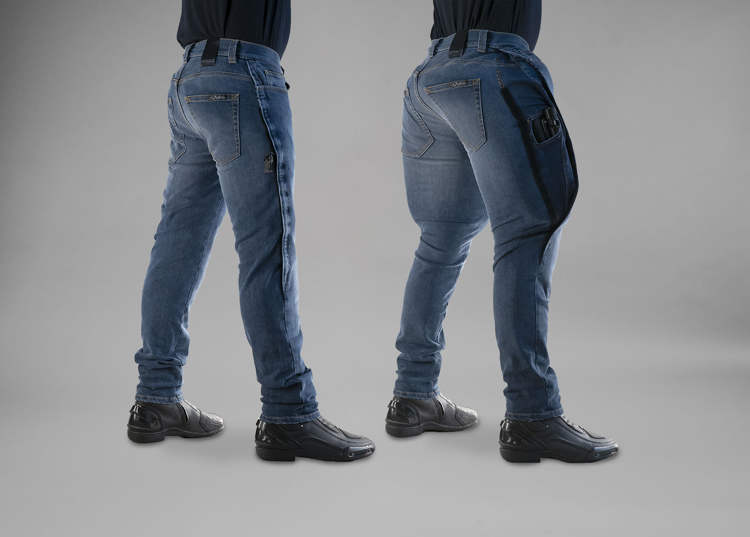
Swedish company Mo’cycle recently announced the world’s first airbag jeans which offer impact protection for motorcyclists’ lower body in case of accidents. Inflatable accessories that protect motorcyclists in case of accidents are nothing new. We’ve seen helmets with inflatable add-ons that act as a cushion, and backpack-like strap-ons designed to protect the wearer’s back from […]
This Vibrating Smart Pill Could Be the Future of Constipation Tratment

Vibrant is a smart ingestible capsule that vibrates inside your intestines to mechanically stimulate the colon and increase the frequency of bowel movements without the use of drugs. No one really likes talking about it, but chronic constipation is a serious health issue of our time. Either because of age-related issues, questionable lifestyle choices, diet, […]
Lay Down Anywhere With This Wearable Beanbag

A Japanese garment company recently made international news headlines for its newest creation – a wearable beanbag that allows you to comfortably sit or lay down anytime, anywhere. When thinking about ultimate comfort, a giant beanbag that you can wear is probably not the first thing that comes to mind, but according to Takikou, a […]
Company Develops Plant-Based Salmon That Looks, Feels, And Tastes Like the Real Deal
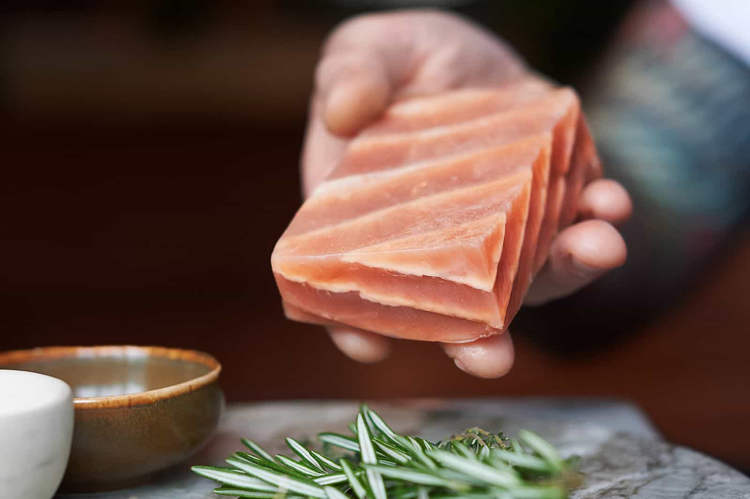
A Canadian startup claims to have come up with the technology to create a plant-based salmon filet that looks, feels, and tastes like real wild salmon. Plant-based meat alternatives have been around for years now, with brands like Beyond Meat or Impossible Foods being among the most well-known in the burgeoning industry. But fish and […]
Real-Life T-1000 – Scientists Create Robot That Can Liquify Its Body and Then Resolidify

A team of scientists has created a tiny robot that can melt itself and then resolidify on command in order to pass through tight spaces. Remember Terminator 2’s terrifying antagonist, the advanced T-1000 shapeshifting android? It was made out of this liquid metal that allowed it to melt and then resolidify and cause all kinds […]
This Slime Mold-Powered Smartwatch Is Literally a Living Gadget
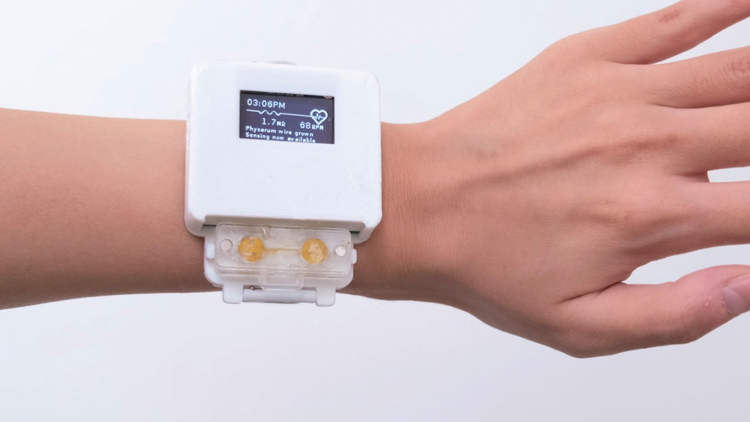
In an attempt to explore the relationships people have with their modern accessories like smartphones and smartwatches, researchers recently created a smartwatch powered by a living organism. Devices like smartphones, smartwatches, and laptops have become a part of our daily routine, and scientific experiments have shown that many people feel that they can’t function properly […]
Japanese Company Develops Device That Rates the Deliciousness of Soba Noodles

A Nagano-based company recently announced that it had created the world’s first noodle taste analyzer, a machine that can scientifically estimate the tastiness of soba noodles within seconds. Japan’s Nagano Prefecture is well-known for its soba noodles, a popular variety made with buckwheat flour. To honor the prefecture’s soba noodle production, local tool-maker Yatsurugigiken Inc. […]
The World’s Most High-Tech Stroller Is Powered by Artificial Intelligence

AI is everywhere these days, and the humble baby stroller industry is no exception. Canadian stroller maker Glüxkind is set to release the world’s most advanced AI-powered baby stroller. Originally unveiled at this year’s Consumer Electronics Show (CES), the Glüxkind Ella is a technological wonder compared to most other baby strollers. Calling it a stroller […]
AcryPhone – A Phone-Shaped Slab of Acrylic to Help You Beat Smartphone Addiction

The AcryPhone is a rudimentary device designed to mimic the look and feel of a smartphone in order to help users conquer their handheld addiction. As much as we try to deny it, most of us are addicted to smartphones. We try to limit the time we spend looking at them, but we constantly find […]
Spacruzzi – The Crazy Floating Jacuzzi You Didn’t Know You Needed
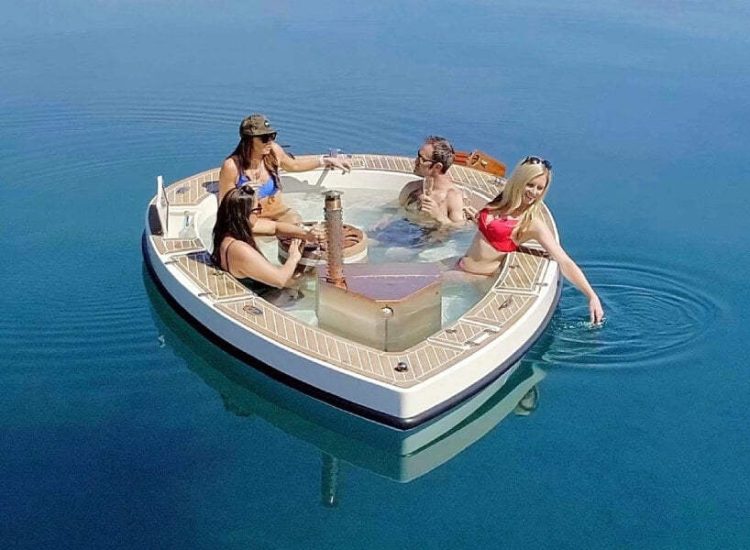
As its name (sort of) suggests, the Spacruzzi is a unique floating jacuzzi that allows you to comfortably cruise around on water you don’t actually want to make contact with. A jacuzzi on a boat isn’t the craziest concept in the world. Lots of luxury yachts have them, but the Spacruzzi is something else entirely. […]
Students Invent “Invisibility Cloak” That Makes People Invisible to AI Security Cameras

A team of graduate students at China’s Wuhan University recently unveiled an innovative “invisibility cloak” that circumvents AI-powered security cameras. China is one of the world’s most heavenly surveilled countries, with AI-powered cameras being used for everything from monitoring employees’ toilet habits to students’ attention in classrooms. But as advanced as these surveillance systems may […]
High-Tech Volkswagen Office Chair Has a Top Speed of 12MPH

A team of Volkswagen designers and engineers developed a high-tech office chair that you can drive at a top speed of 12mph (20km/h) Most high-tech office chairs are either simply waterproof, or stainproof, or are designed at a higher standard in terms of ergonomics. But Volkswagen’s recent take on a high-tech office chair shows just […]
Taste the Emptiness – Japanese Company Launches Flavorless Candy
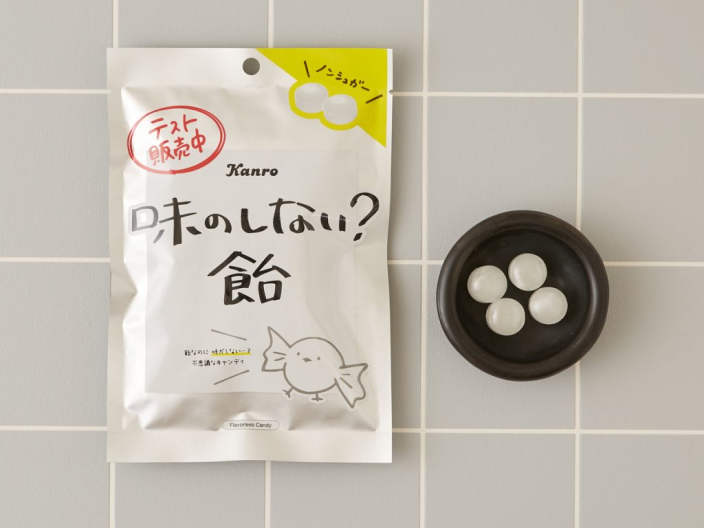
Japanese convenience store chain Lawson recently launched a rather intriguing new product – flavorless candy that apparently tastes like emptiness. Whether it be sweet, sour, salty or even spicy, candy has always been associated with a type of flavor. Well, at least until now, because flavorless candy is a thing these days. Lawson, one of […]
Japanese Company Launches Fur-Inspired Bed Linens That Feel Like Petting a Cat
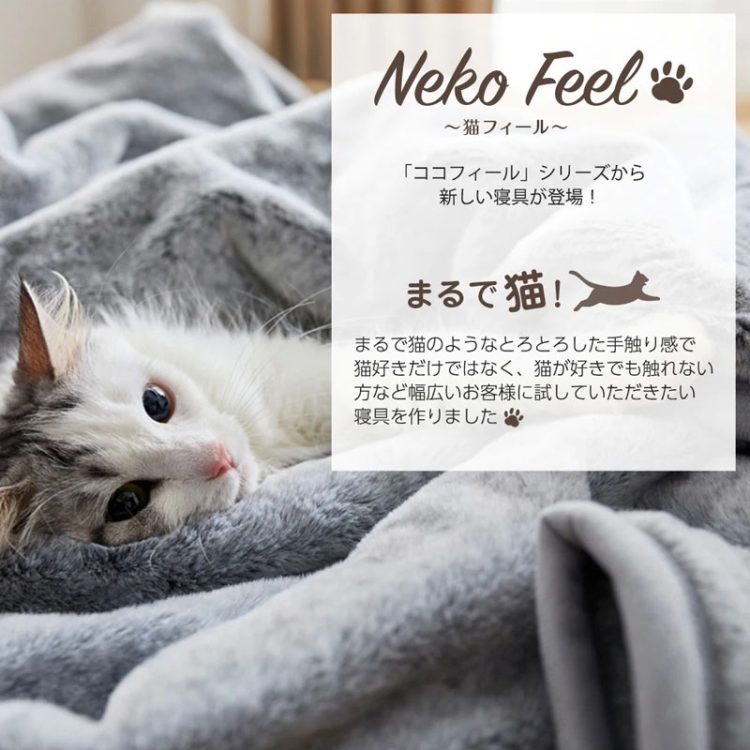
Japanese clothing and housewares company Nissen recently launched its most intriguing product yet – a line of bed linens and blankets that try to mimic cat fur. Studies have shown that petting a cat for just 10 minutes reduces the levels of stress hormones, and any cat lover will tell you just how relaxing the […]
Robotics Startup Unveils the World’s Fastest Walking Shoes

A Pittsburgh-based robotics and engineering startup recently unveiled Moonwalkers, a pair of battery-powered shoes that it claims can boost walk speeds by up to 250%. At first glance, Moonwalkers look like a pair of futuristic rollerskates, but there is actually a lot more to them than that. You’re actually meant to walk with them the […]
